
 Ruaha National Park
Ruaha National Park
The game viewing starts the moment the plane touches down. A giraffe races beside the airstrip, all legs and neck, yet oddly elegant in its awkwardness. A line of zebras parades across the runway in the giraffe's wake. In the distance, beneath a bulbous baobab tree, a few representatives of Ruaha's 10,000 elephants - the largest population of any East African national park, form a protective huddle around their young. Second only to Katavi in its aura of untrammelled wilderness, but far more accessible, Ruaha protects a vast tract of the rugged, semi-arid bush country that characterises central Tanzania. Its lifeblood is the Great Ruaha River, which courses along the eastern boundary in a flooded torrent during the height of the rains, but dwindling thereafter to a scattering of precious pools surrounded by a blinding sweep of sand and rock.
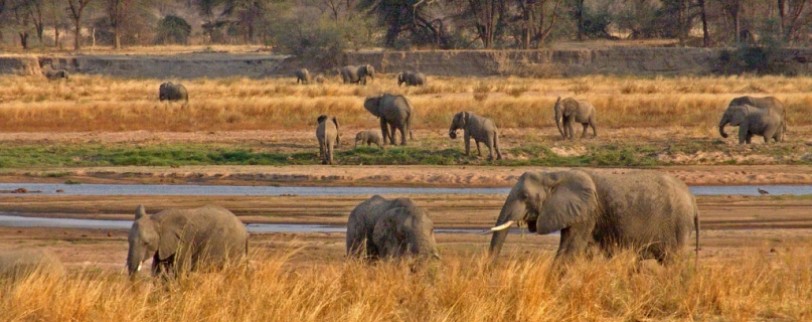 Ruaha National Park
Ruaha National Park
Ruaha's unusually high diversity of antelope is a function of its location, which is transitional to the acacia savannah of East Africa and the miombo woodland belt of Southern Africa. Grant's gazelle and lesser kudu occur here at the very south of their range, alongside the miombo-associated sable and roan antelope, and one of East AfricaÆs largest populations of greater kudu, the park emblem, distinguished by the male's magnificent corkscrew horns. A fine network of game-viewing roads follows the Great Ruaha and its seasonal tributaries, where , during the dry season, impala, waterbuck and other antelopes risk their life for a sip of life-sustaining water.
 Ruaha National Park
Ruaha National Park
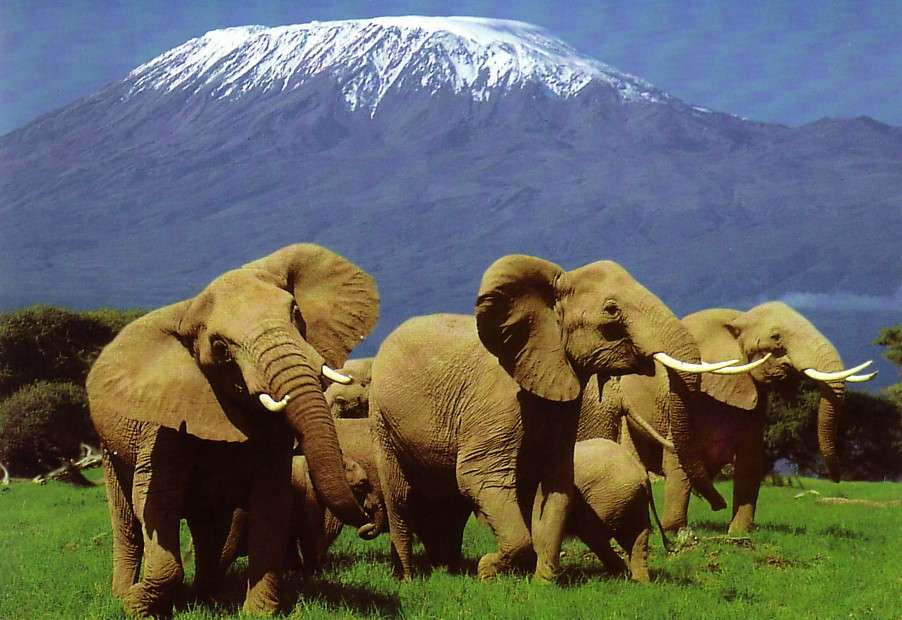 5 Days Tarangire, Serengeti & Ngorongoro crater
5 Days Tarangire, Serengeti & Ngorongoro crater
5 day(s) | Wildlife Tarangire
 3 DAYS 2 NIGHTS RUAHA NATIONAL PARK
3 DAYS 2 NIGHTS RUAHA NATIONAL PARK
3 day(s) | Wildlife Ruaha
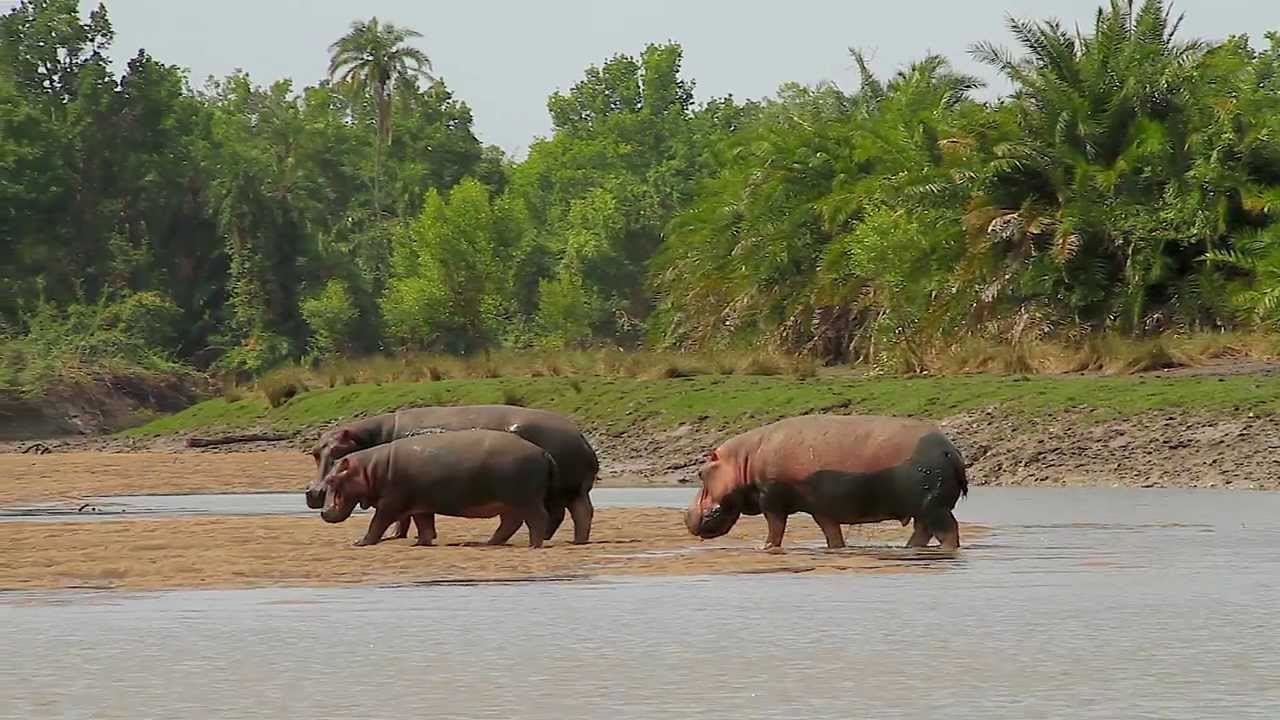 2 DAYS 1 NIGHT SAADANI NATIONAL PARK
2 DAYS 1 NIGHT SAADANI NATIONAL PARK
2 day(s) | Wildlife Saadani
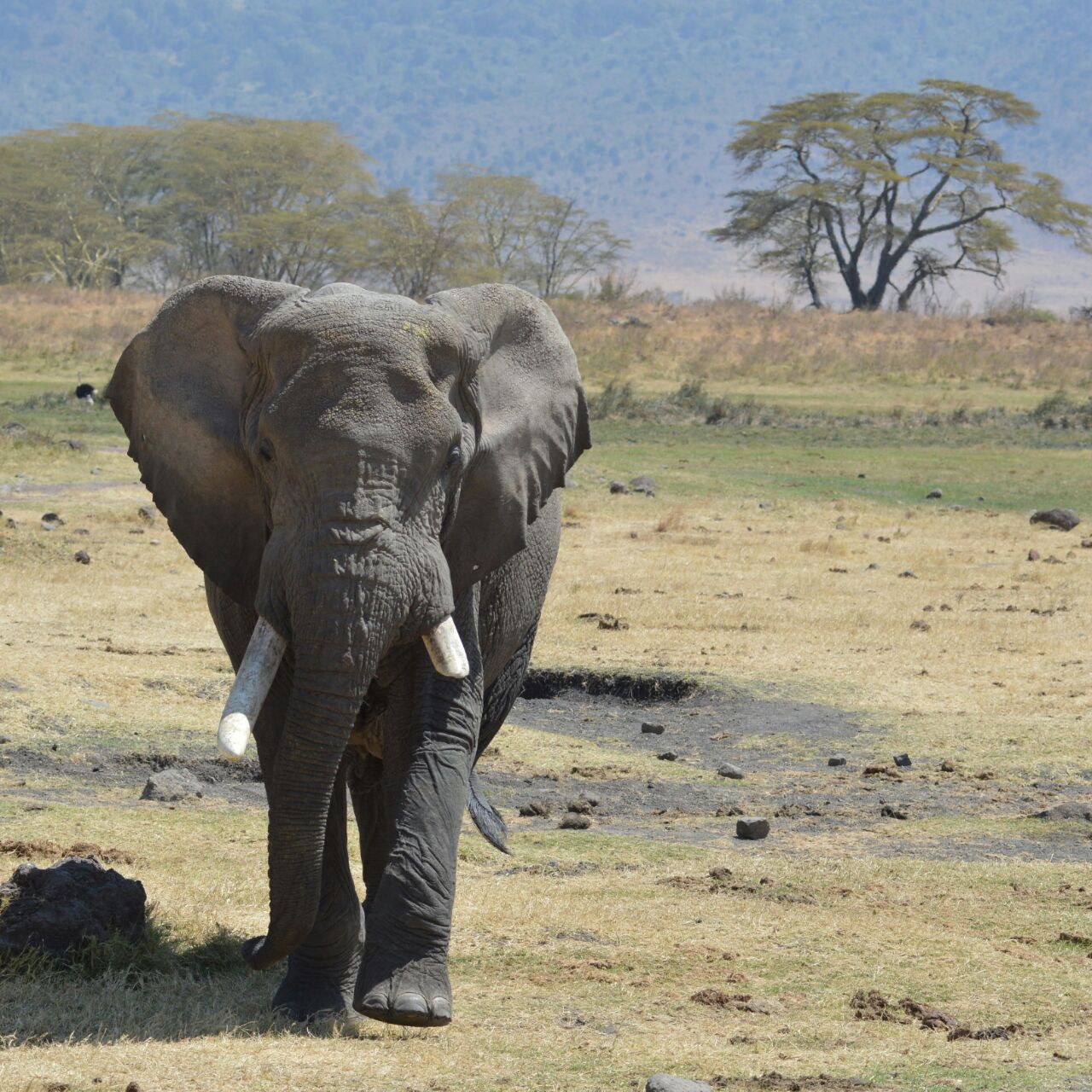 Lake Manyara & Ngorongoro Crater
Lake Manyara & Ngorongoro Crater
4 day(s) | Wildlife Manyara
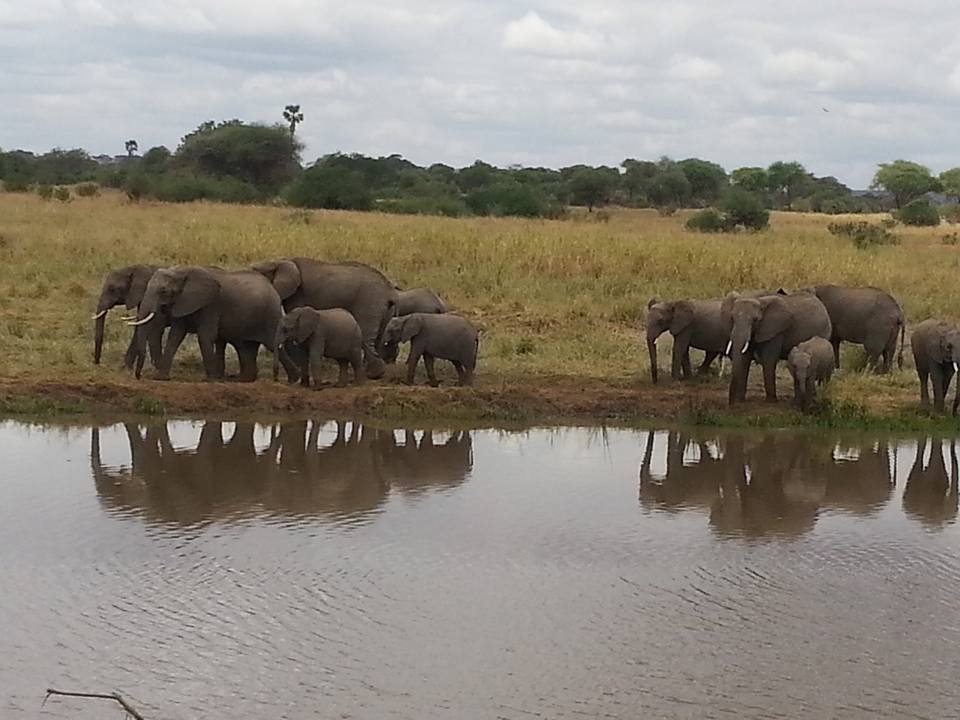 Lake Manyara & Ngorongoro Crater
Lake Manyara & Ngorongoro Crater
4 day(s) | Wildlife Manyara
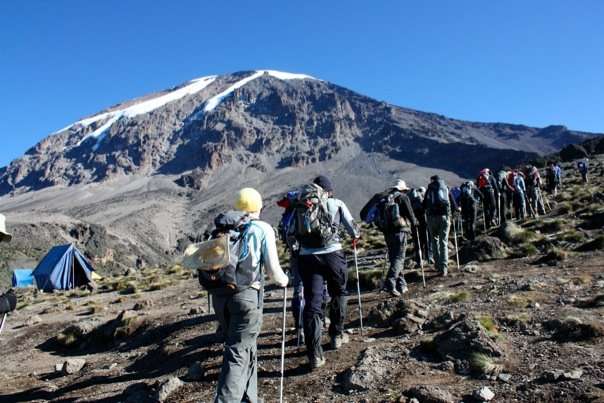 Machame Route
Machame Route
6 day(s) | Kilimanjaro Climbing Kilimanjaro
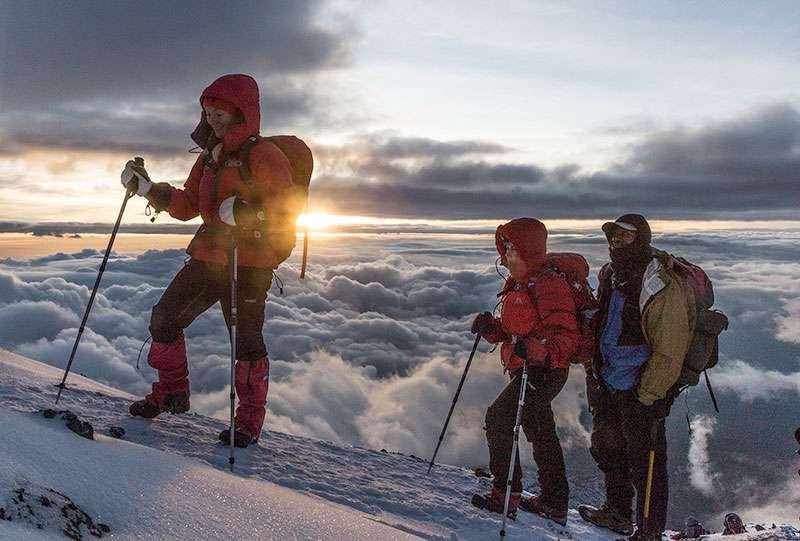 Machame Route
Machame Route
7 day(s) | Kilimanjaro Climbing Kilimanjaro
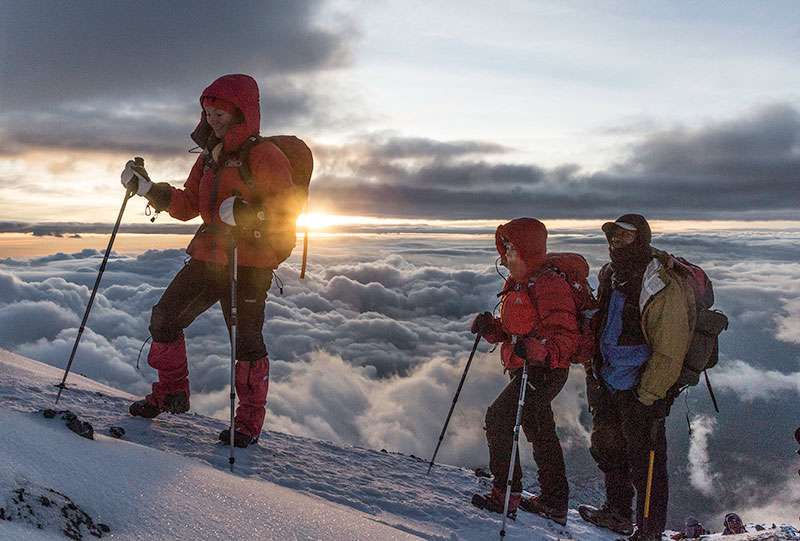 Umbwe Route
Umbwe Route
5 day(s) | Kilimanjaro Climbing Kilimanjaro
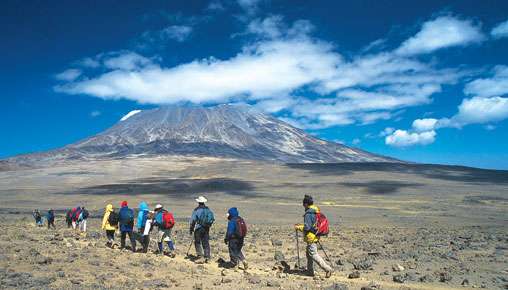 Lemosho Route
Lemosho Route
8 day(s) | Kilimanjaro Climbing Kilimanjaro
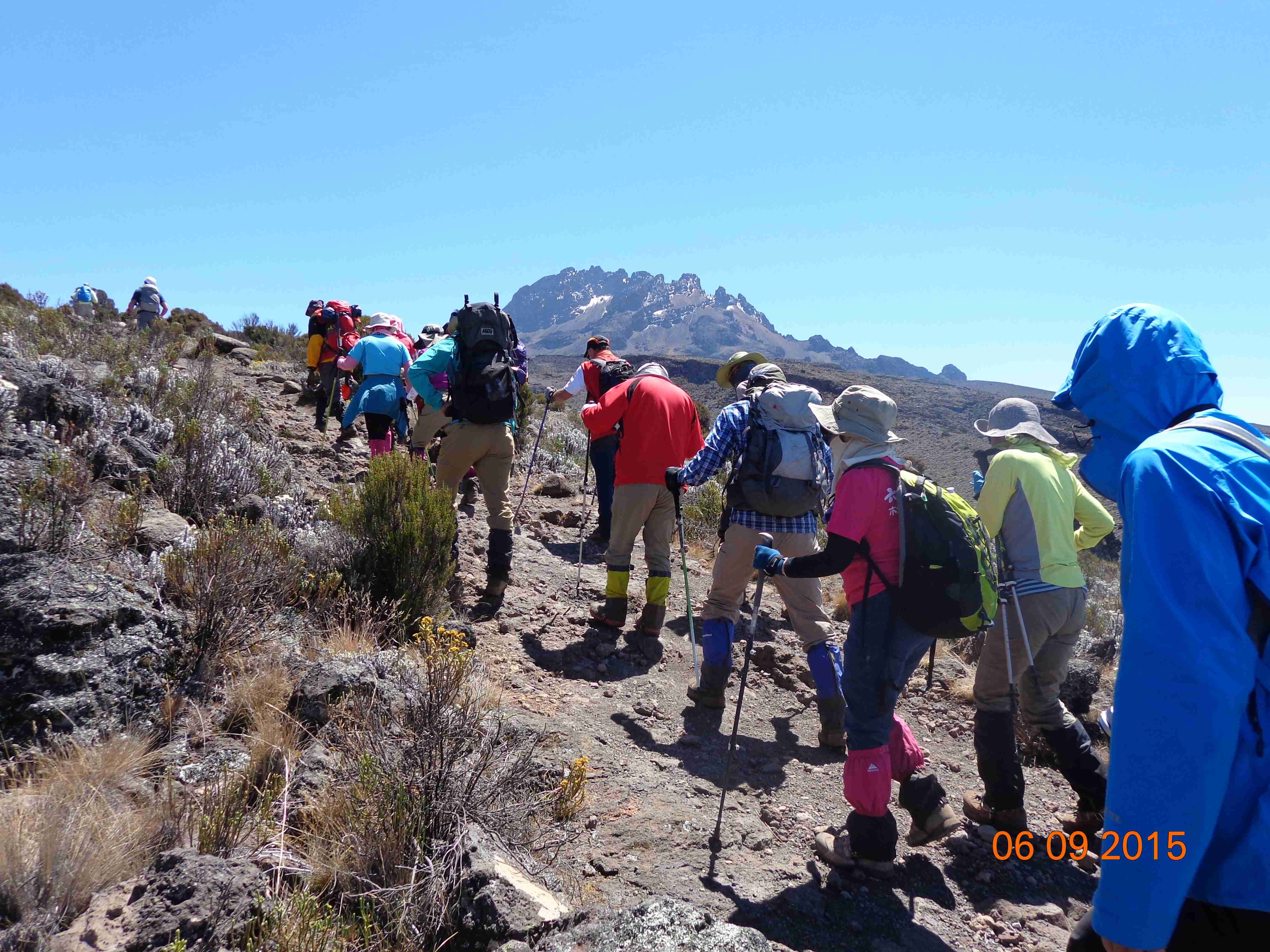 Lemosho Route overnight crater camp
Lemosho Route overnight crater camp
8 day(s) | Kilimanjaro Climbing Kilimanjaro